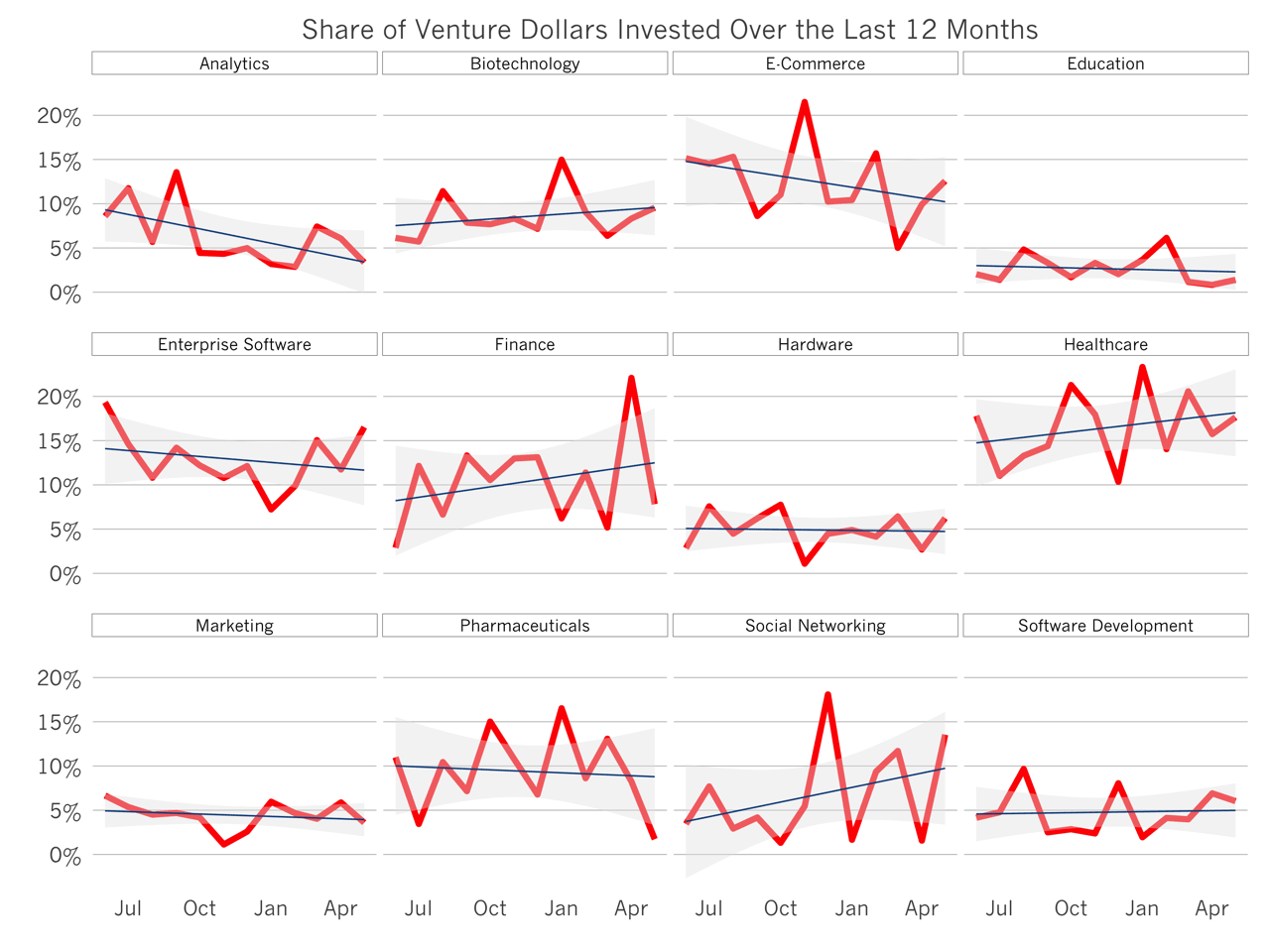Investment Trends: Capitalizing On Emerging Markets
Startup Investment Trends in 2015

As we look back on the trends and developments in the startup investment landscape in 2015, it's clear that this was a transformative year for the industry. From the rise of innovative technologies to the emergence of new market opportunities, entrepreneurs and investors alike were presented with a myriad of opportunities and challenges.
One of the key trends that emerged in 2015 was the increasing importance of data in the investment decision-making process. With the proliferation of data analytics tools and platforms, investors were able to gain valuable insights into market trends, customer behavior, and competitive landscapes. This data-driven approach enabled investors to make more informed decisions and identify promising investment opportunities.
Another important trend that shaped the startup investment landscape in 2015 was the rise of sector-specific funds. Investors recognized the potential for growth and disruption in specific industries such as healthcare, fintech, and artificial intelligence. As a result, we saw a significant increase in the number of specialized funds targeting these sectors, providing startups with access to capital and expertise tailored to their specific needs.
In addition to sector-specific funds, corporate venture capital (CVC) also gained traction in 2015. As established companies sought to stay ahead of the innovation curve, many established their own venture capital arms to invest in startups that could potentially disrupt their industries. These partnerships between startups and corporate giants not only provided startups with much-needed capital but also offered access to resources, networks, and distribution channels that could accelerate their growth and scale.
What is noteworthy is the increasing diversity in the startup investment landscape. In 2015, we saw more investments being made in startups founded by underrepresented groups, including women and minority entrepreneurs. This growing focus on diversity and inclusion not only highlights the untapped potential in these communities but also presents a significant opportunity for investors to generate outsized returns.
Tips For startups seeking investment in 2015, it was crucial to not only have a compelling business model and unique value proposition but also to demonstrate traction and scalability. Investors were increasingly looking for startups that had achieved product-market fit and showed potential for rapid growth. Building a strong team with relevant industry experience and a track record of execution was also a key factor that investors considered.
Recommendation for entrepreneurs looking to secure investment in 2015 is to understand the specific investment thesis and criteria of the investors they were targeting. Different investors have different focus areas, risk appetite, and investment preferences. By aligning their pitch and business plan with the specific requirements of the investor, entrepreneurs could increase their chances of securing funding.
Listicle of the key factors that investors assessed in 2015 included market size and potential, competitive landscape, revenue model, customer acquisition strategy, and defensibility. Investors wanted to see startups that had a clear understanding of their target market and a plan to capture a significant share of it. Startups that could demonstrate a sustainable and scalable revenue model, along with a strong customer acquisition strategy, were more likely to attract investor interest.
Question & Answer(Q&A) with investors revealed that in 2015, investors were increasingly looking for startups that had the potential to scale globally. With the rise of digital technologies, startups had the opportunity to target customers and markets beyond their local boundaries. Investors were interested in startups that had a clear international expansion strategy and the ability to navigate the challenges of entering new markets.
Summary: Looking back at the startup investment trends in 2015, it's evident that the landscape was marked by the increasing importance of data, the rise of sector-specific funds, the emergence of corporate venture capital, and a growing focus on diversity and inclusion. Startups that demonstrated traction, scalability, and a strong team had a better chance of securing investment. Understanding investor requirements and aligning the pitch with their specific focus areas played a crucial role in attracting funding. As the startup ecosystem continues to evolve, it's essential for entrepreneurs and investors to stay informed about the latest trends and developments to make the most of the opportunities and challenges that lie ahead.

Post a Comment for "Investment Trends: Capitalizing On Emerging Markets"